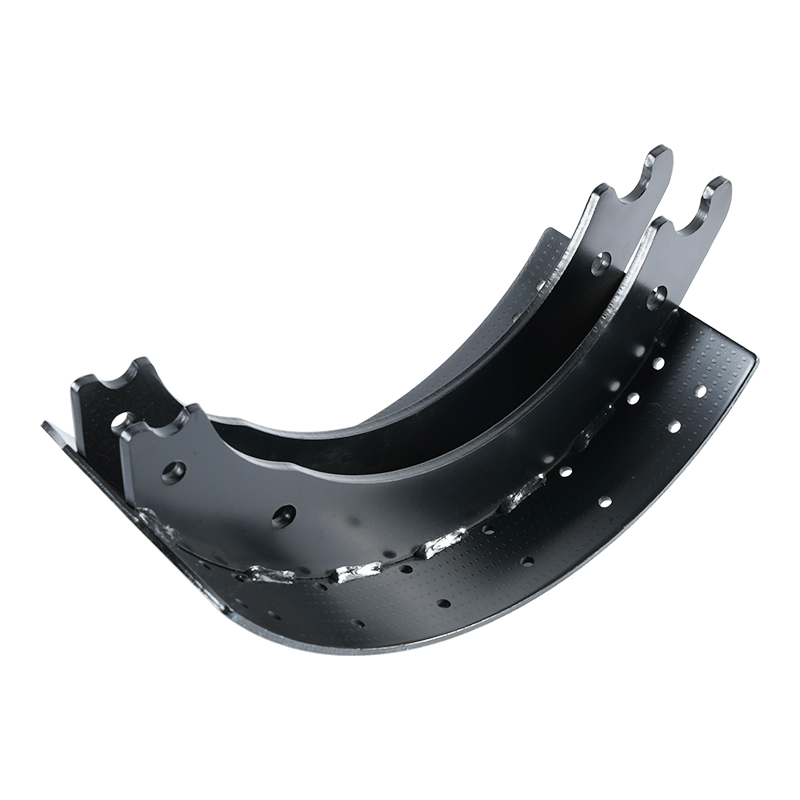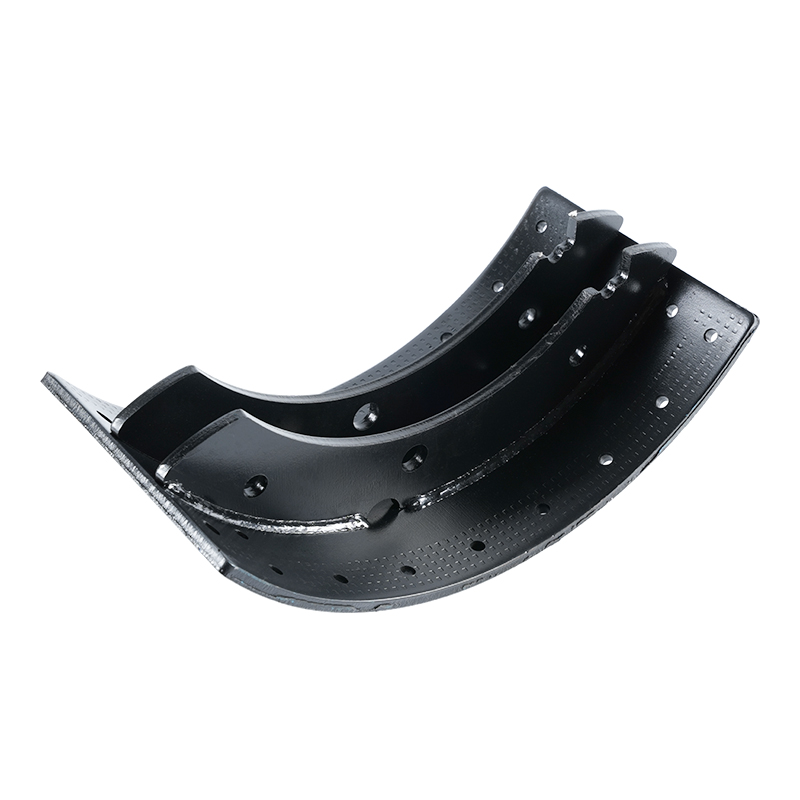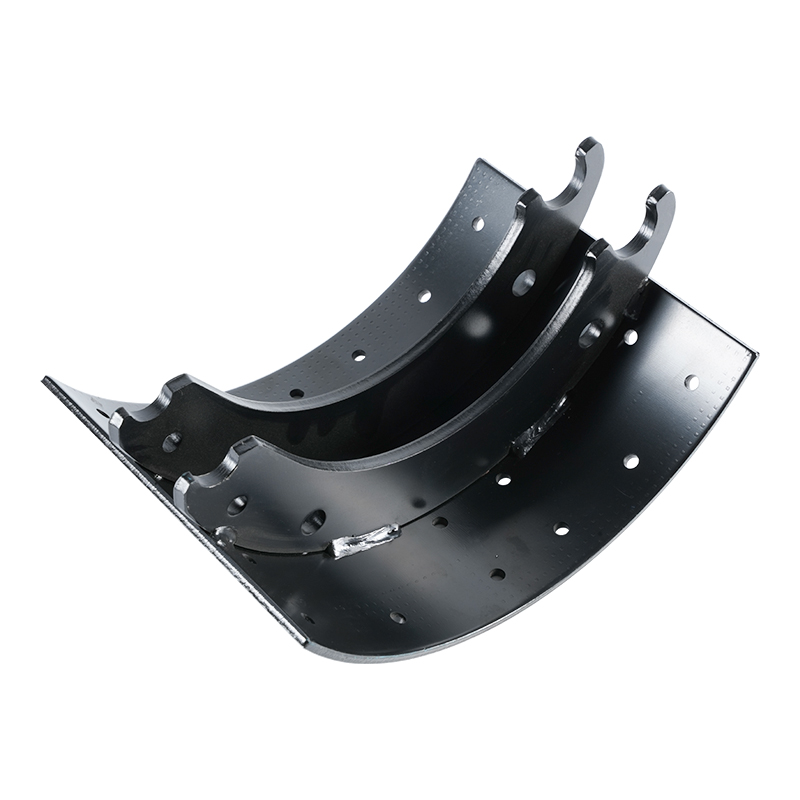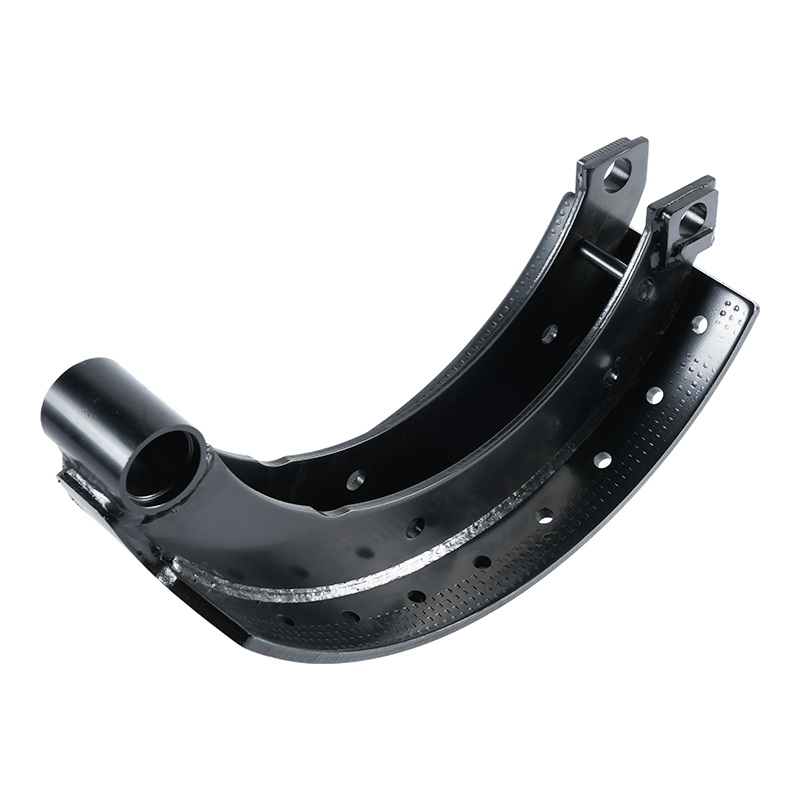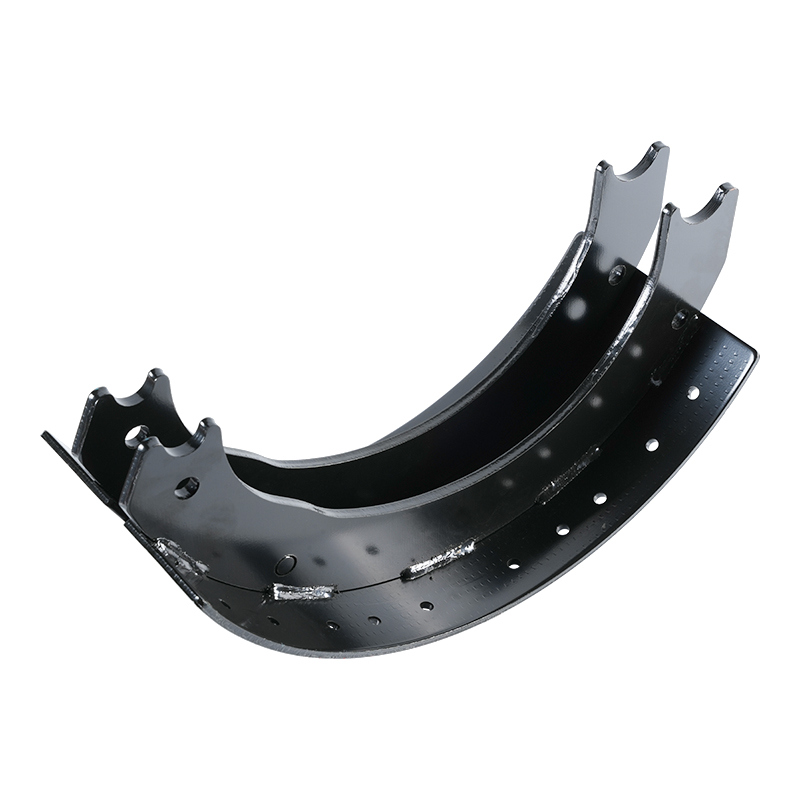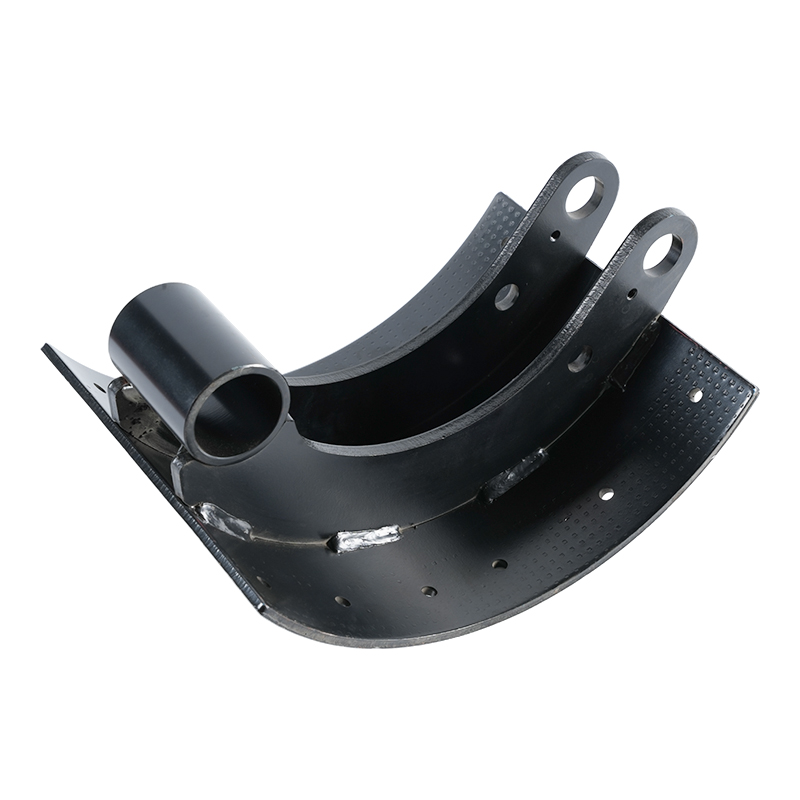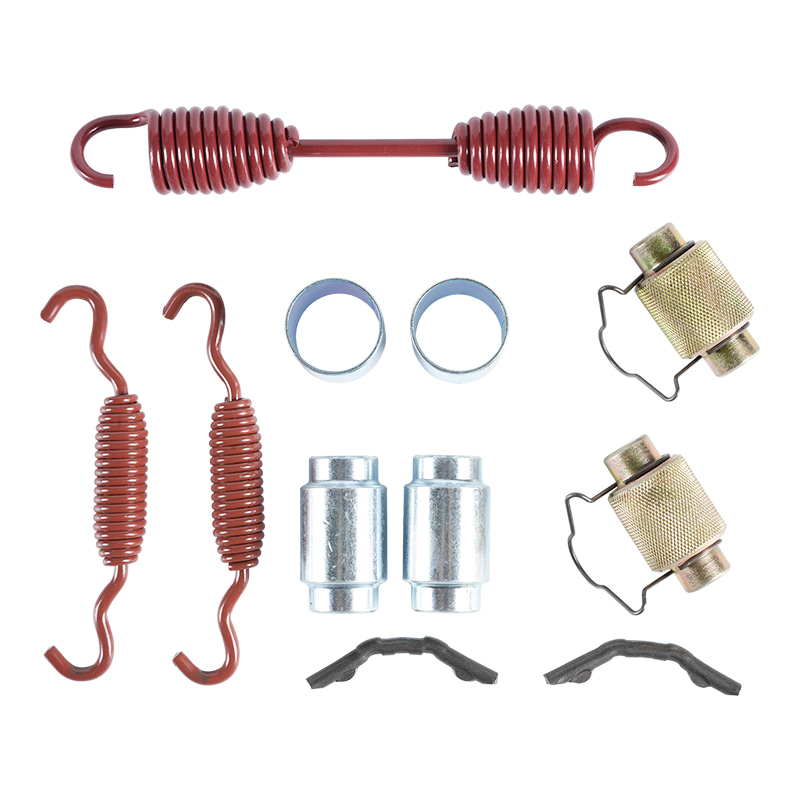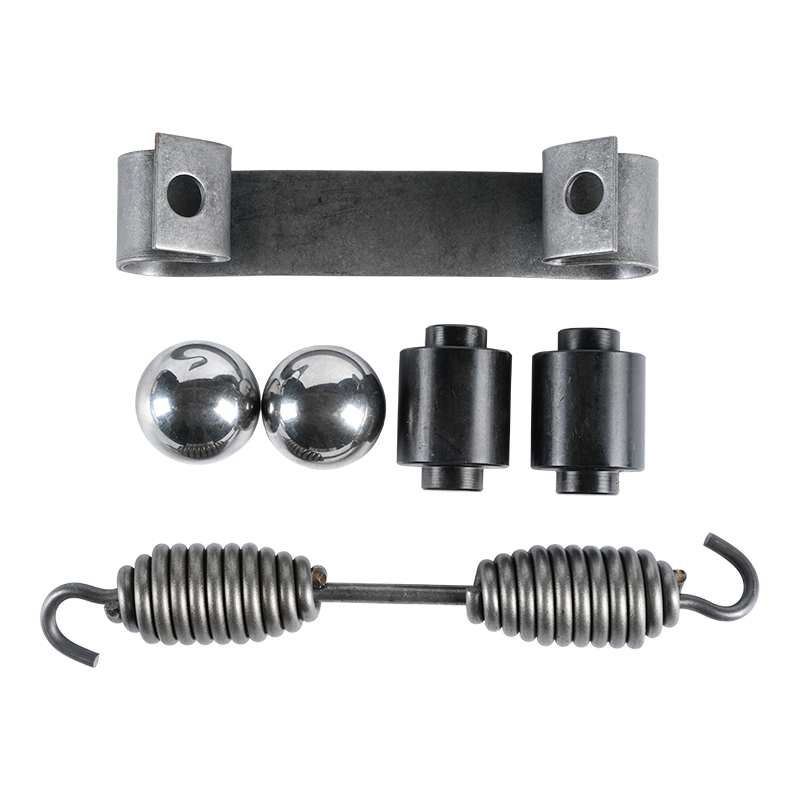The Critical Role of Industrial Brake Shoes in Safety and Operation
 2025.10.15
2025.10.15
 Industry News
Industry News
The smooth and safe operation of heavy machinery across diverse industries—from mining and manufacturing to maritime and material handling—hinges on the reliability of its braking systems. A fundamental, yet often overlooked, component in these systems is the Industrial Brake Shoe. These components are essential for controlling motion, stopping loads, and ensuring safety in high-stress, heavy-duty applications.
Understanding Industrial Brake Shoes
An Industrial Brake Shoe is a crescent-shaped piece of metal that holds the brake lining or friction material. When activated, it pushes this lining against a rotating part, such as a brake drum or wheel, to create the friction necessary to slow or stop movement. Unlike standard automotive brake shoes, industrial versions are engineered to withstand significantly greater forces, temperatures, and duty cycles.
Applications Across Industry
Industrial brake shoes find application in:
-
Overhead Cranes and Hoists: Critical for safe load control and positioning. They are often part of electromagnetic or hydraulic drum brakes.
-
Conveyor Systems: Used to prevent rollback or to bring heavy loads to a controlled stop, especially in mining and bulk material handling.
-
Wind Turbines: Used as service or parking brakes on the high-speed shaft.
-
Railroad and Transit Systems: Though specialized, the principle is the same—applying friction to the wheel or disc to slow the train.
-
Heavy-Duty Vehicles and Machinery: Such as port cranes (like Rubber-Tyred Gantry or RTG cranes) and massive earth-moving equipment.
Design and Material Science
The effectiveness and longevity of an Industrial Brake Shoe are determined by its design and the materials used for its lining.
The Foundation: Shoe Construction
The structural integrity of the shoe itself is paramount. They are typically made from cast iron or steel to ensure they can withstand the massive mechanical forces involved without deforming or failing. The precision of the shoe's curve must exactly match the drum's inner diameter for maximum friction contact and even wear.
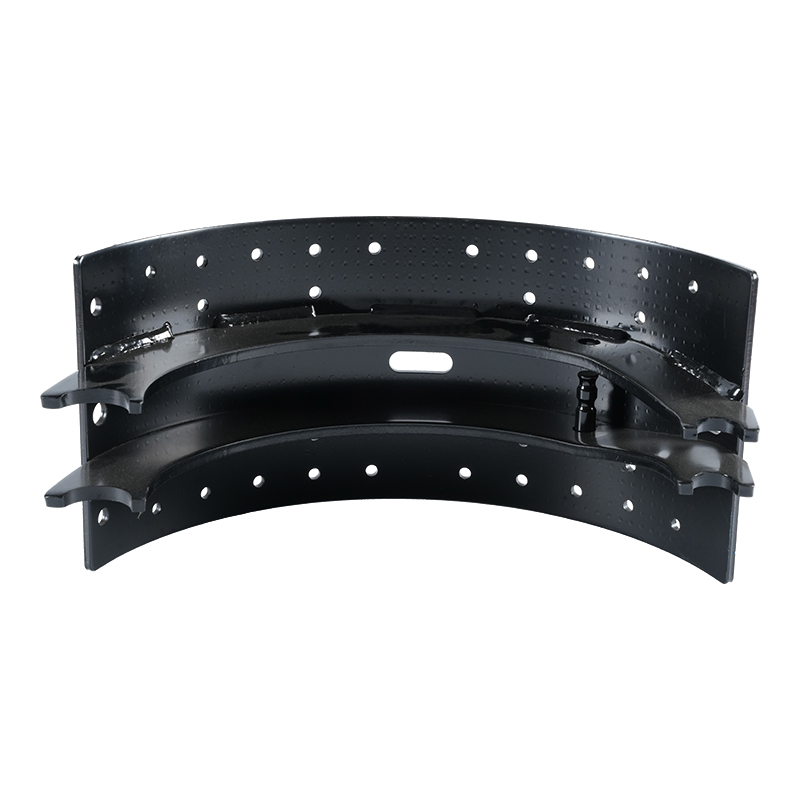
The Key: Friction Materials
The choice of friction material (the lining) is crucial and depends heavily on the application's requirements:
Maintenance and Safety Implications
Regular inspection and maintenance of Industrial Brake Shoes are non-negotiable for operational safety and regulatory compliance.
Wear and Replacement
The primary maintenance concern is wear. As the friction material wears down, braking performance degrades, and excessive wear can lead to the metal backing shoe damaging the brake drum, resulting in costly repairs and downtime. Inspection protocols involve measuring the lining thickness and checking for uneven wear, cracking, or contamination (e.g., oil, grease).
Ensuring Peak Performance
Choosing the correct brake shoe and lining material for a specific application ensures that the braking system can reliably handle the required kinetic energy dissipation. Using an inadequate component can lead to catastrophic failure, resulting in damage to equipment, severe production loss, and, most importantly, danger to personnel.
In the complex ecosystem of heavy industry, the humble Industrial Brake Shoe stands as a critical guardian of safety and efficiency, silently bearing the immense loads and forces required to keep the wheels of industry turning—and stopping—on command.

 Eng
Eng  中文简体
中文简体
